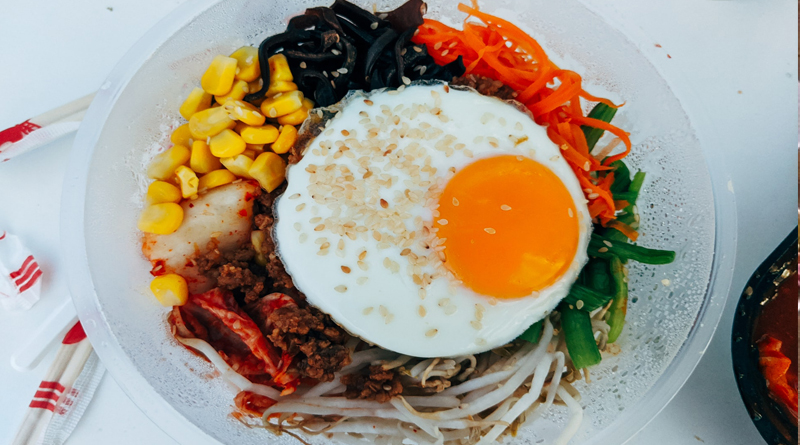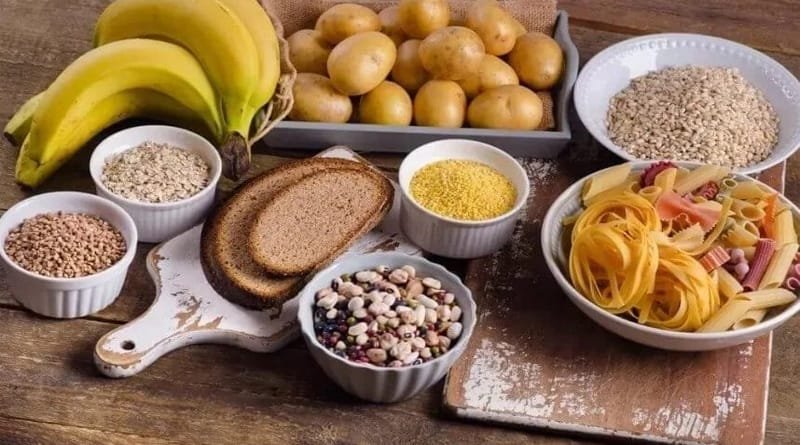Difference between Slow carbohydrates and fast carbohydrates
Although, in the collective imagination, carbohydrates suffer from a negative image, they nevertheless constitute an important part of the diet. If they are essential for the proper functioning of the body, sugars must nevertheless be consumed with a certain moderation, in particular as part of a diet. Classified according to their glycemic index, carbohydrates have different properties depending on the category to which they belong. Here are some tips for choosing between fast and slow carbs.

What are they of?
Also called carbohydrates fall into two sub-categories: slow carbohydrates and fast carbohydrates. In both cases, these sugars represent the main source of energy for the human body and, as such, are essential for the normal functioning of the brain and muscles. Whether fast or slow, carbohydrates come from the diet. During the digestive process, they are broken down before being transformed into glucose, part of which will be stored in the liver and muscles.
Fast carbohydrates?
In the language of nutritionists, carbohydrates are qualified as “fast” when they display a glycemic index greater than 70. These are then stored by the body very quickly after being consumed and can be mobilized as soon as the human body has need an additional energy source. This is the most feared category of carbohydrate because these sugars can cause weight gain when not “burned”. In addition, they are known to promote an increase in blood insulin levels which, over time, helps increase glycogen storage, which is the body’s form of sugar reserves.

What about slow carbohydrates?
Unlike fast sugars, this type of carbohydrate is converted into glycogen much more slowly. Indeed, foods containing slow carbohydrates are generally more complex for the body to metabolize and require more processing. We say that a sugar is slow when its glycemic index is below 55. This category of sugars does not benefit from a potential for rapid mobilization. They can be used over the long term and help fight fatigue or hunger. Although their glycemic power is lower than that of fast carbohydrates, slow sugars can also make you fat when consumed in excess and not eliminated.
When to consume them?
The followers of chrononutrition will tell you: there is a specific time during which to consume slow sugars and fast sugars. Thus, it is recommended to eat foods rich in slow carbohydrates during meals, on a daily basis. They are also advised in anticipation of an imminent sporting activity in order to provide the body with the sustainable energy it will need.
Fast sugars, on the other hand, should be consumed with the greatest moderation, especially during a slimming diet. Only top athletes who need significant sources of energy can consume it in quantity, because they will be eliminated quickly. We find, for example, this type of sugars in energy bars. But for an “average” consumer, it is better to consume them on an ad hoc basis.

What foods are they found in?
Fast and slow sugars are usually not found in the same type of food. Thus, fast carbohydrates are mainly found in sodas, candies, confectionery, and chocolate. But it is also found in fruits, in certain vegetables such as carrots or in white bread and rice. For their part, complex carbohydrates are often found in foods with a high starch content. This is particularly the case for whole grains, pasta, potatoes, legumes, and whole meal bread and wheat semolina.
Custom Keto Diet Meal Plan
The keto diet plan helps individuals reach their weight loss goals by following a low carb, high fat diet. This plan will help you shed excess fat, improve your health, and help you control your appetite. And you know the best part? You can enjoy delicious, satisfying meals that are easy to prepare!


